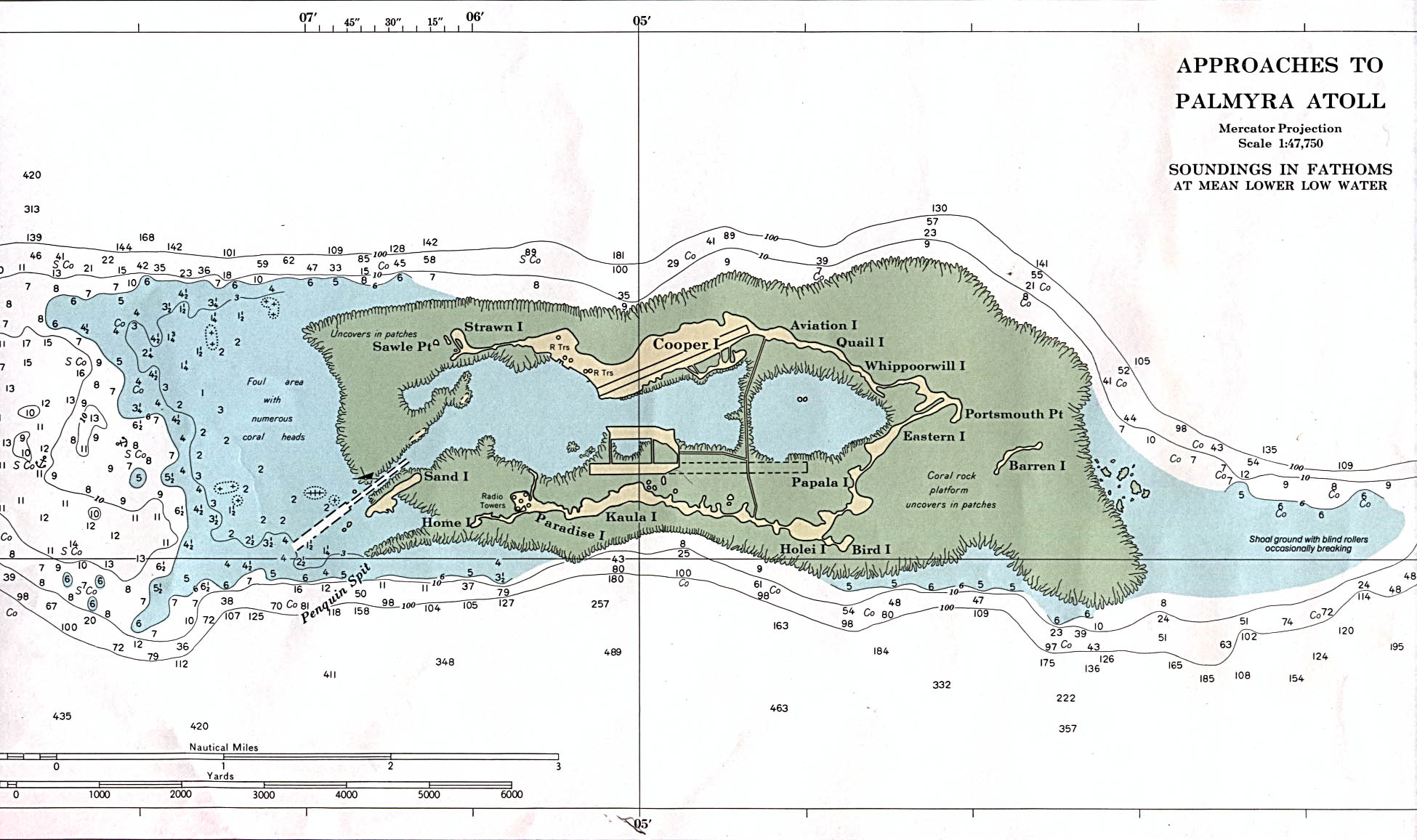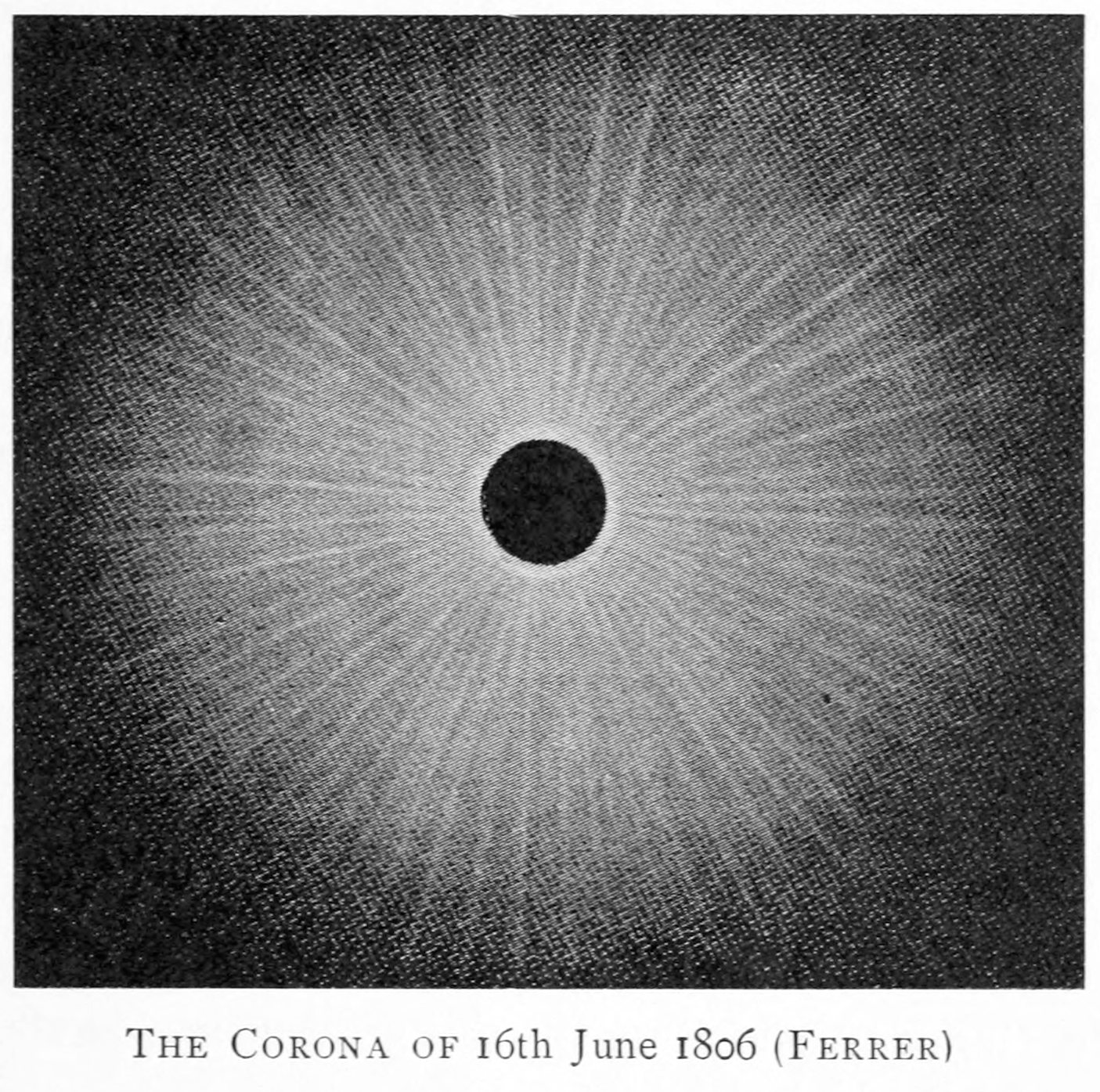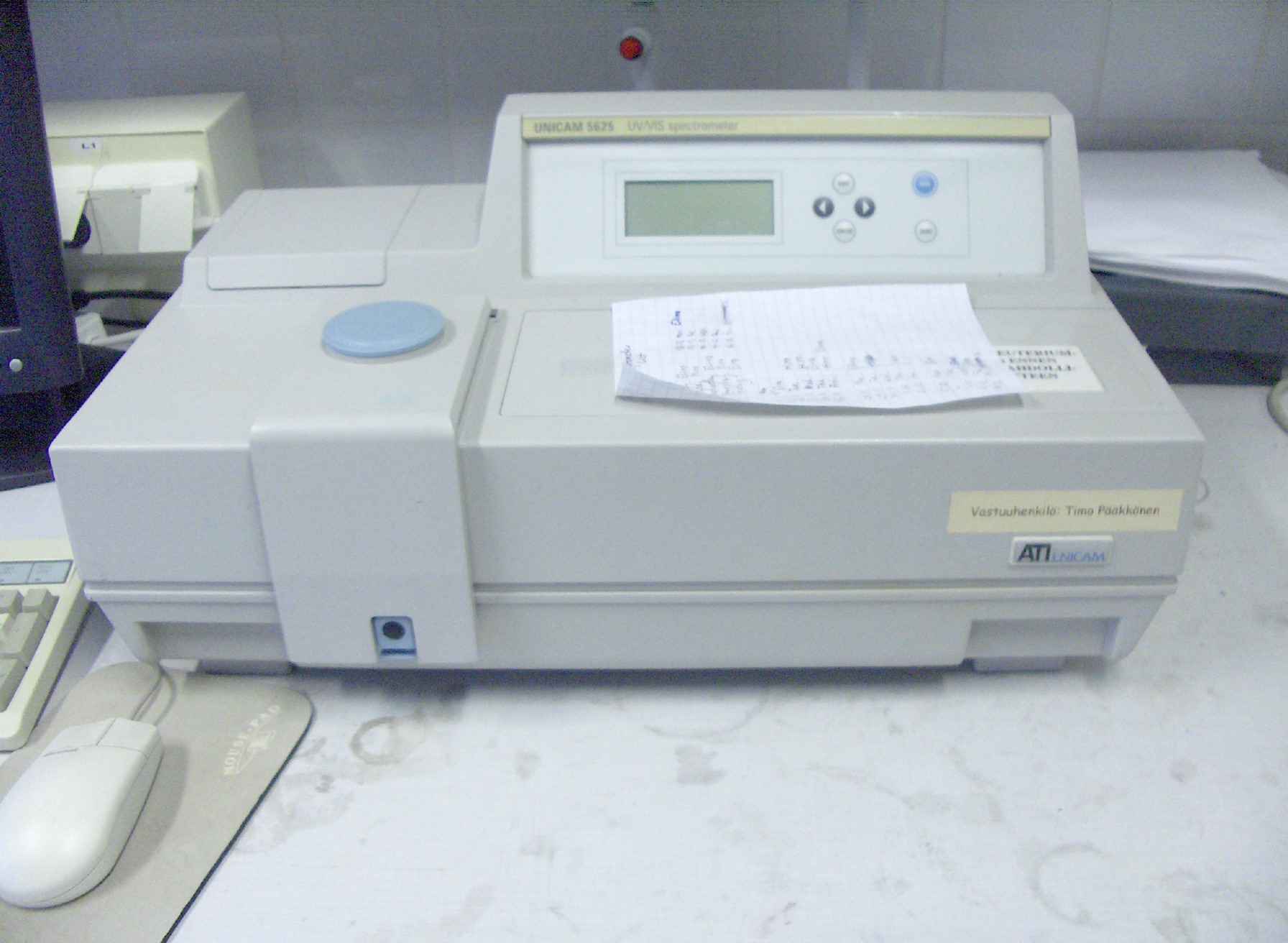|
Solar Eclipse Of February 5, 1962
A total solar eclipse occurred on February 5, 1962. A solar eclipse occurs when the Moon passes between Earth and the Sun, thereby totally or partly obscuring the image of the Sun for a viewer on Earth. A total solar eclipse occurs when the Moon's apparent diameter is larger than the Sun's, blocking all direct sunlight, turning day into darkness. Totality occurs in a narrow path across Earth's surface, with the partial solar eclipse visible over a surrounding region thousands of kilometres wide. Totality was visible from Indonesia, Netherlands New Guinea (now belonging to Indonesia), the Territory of Papua New Guinea (today's Papua New Guinea), British Solomon Islands (today's Solomon Islands), and Palmyra Atoll. Observation A team sent by Kyoto University of Japan observed this eclipse in Lae, the second largest city and a port on the east coast of the Territory Papua New Guinea. The spectrum was analyzed with spectrophotometry, and photometry of the inner corona Corona (from ... [...More Info...] [...Related Items...] OR: [Wikipedia] [Google] [Baidu] |
Solar Eclipse
A solar eclipse occurs when the Moon passes between Earth and the Sun, thereby obscuring the view of the Sun from a small part of the Earth, totally or partially. Such an alignment occurs during an eclipse season, approximately every six months, during the new moon phase, when the Moon's orbital plane is closest to the plane of the Earth's orbit. In a total eclipse, the disk of the Sun is fully obscured by the Moon. In partial and annular eclipses, only part of the Sun is obscured. Unlike a lunar eclipse, which may be viewed from anywhere on the night side of Earth, a solar eclipse can only be viewed from a relatively small area of the world. As such, although total solar eclipses occur somewhere on Earth every 18 months on average, they recur at any given place only once every 360 to 410 years. If the Moon were in a perfectly circular orbit and in the same orbital plane as Earth, there would be total solar eclipses once a month, at every new moon. Instead, because the Moon ... [...More Info...] [...Related Items...] OR: [Wikipedia] [Google] [Baidu] |
Palmyra Atoll
Palmyra Atoll (), also referred to as Palmyra Island, is one of the Line Islands, Northern Line Islands (southeast of Kingman Reef and north of Kiribati). It is located almost due south of the Hawaiian Islands, roughly one-third of the way between Hawaii and American Samoa. North America is about northeast and New Zealand the same distance southwest, placing the atoll at the approximate center of the Pacific Ocean. The land area is , with about 9 miles (14 km) of sea-facing coastline and reef. There is one boat Anchorage (maritime), anchorage known as West Lagoon, accessible from the sea by a narrow artificial channel. It is the second-to-northernmost of the Line Islands, and one of three American islands in the archipelago, along with Jarvis Island and Kingman Reef. Palmyra Atoll is part of the Pacific Remote Islands Marine National Monument, the world's largest marine protected area. The atoll is composed of submerged sand flats along with dry land and reefs. It consis ... [...More Info...] [...Related Items...] OR: [Wikipedia] [Google] [Baidu] |
Total Solar Eclipses
Total may refer to: Mathematics * Total, the summation of a set of numbers * Total order, a partial order without incomparable pairs * Total relation, which may also mean ** connected relation (a binary relation in which any two elements are comparable). * Total function, a partial function that is also a total relation Business * TotalEnergies, a French petroleum company * Total (cereal), a food brand by General Mills * Total, a brand of strained yogurt made by Fage * Total, a database management system marketed by Cincom Systems * Total Linhas Aéreas - a brazilian airline * Total, a line of dental products by Colgate Music and culture * Total (group), an American R&B girl group * '' Total: From Joy Division to New Order'', a compilation album * ''Total'' (Sebastian album) * ''Total'' (Total album) * ''Total'' (Teenage Bottlerocket album) * ''Total'' (Seigmen album) * ''Total'' (Wanessa album) * ''Total'' (Belinda Peregrín album) * ''Total 1'', an annual compilation alb ... [...More Info...] [...Related Items...] OR: [Wikipedia] [Google] [Baidu] |
Stellar Corona
A corona ( coronas or coronae) is the outermost layer of a star's atmosphere. It consists of plasma. The Sun's corona lies above the chromosphere and extends millions of kilometres into outer space. It is most easily seen during a total solar eclipse, but it is also observable with a coronagraph. Spectroscopic measurements indicate strong ionization in the corona and a plasma temperature in excess of , much hotter than the surface of the Sun, known as the photosphere. The word ''corona'' is , in turn derived . History In 1724, French-Italian astronomer Giacomo F. Maraldi recognized that the aura visible during a solar eclipse belongs to the Sun, not to the Moon. In 1809, Spanish astronomer José Joaquín de Ferrer coined the term 'corona'. Based in his own observations of the 1806 solar eclipse at Kinderhook (New York), de Ferrer also proposed that the corona was part of the Sun and not of the Moon. English astronomer Norman Lockyer identified the first element unknown o ... [...More Info...] [...Related Items...] OR: [Wikipedia] [Google] [Baidu] |
Spectrophotometry
Spectrophotometry is a branch of electromagnetic spectroscopy concerned with the quantitative measurement of the reflection or transmission properties of a material as a function of wavelength. Spectrophotometry uses photometers, known as spectrophotometers, that can measure the intensity of a light beam at different wavelengths. Although spectrophotometry is most commonly applied to ultraviolet, visible, and infrared radiation, modern spectrophotometers can interrogate wide swaths of the electromagnetic spectrum, including x-ray, ultraviolet, visible, infrared, and/or microwave wavelengths. Overview Spectrophotometry is a tool that hinges on the quantitative analysis of molecules depending on how much light is absorbed by colored compounds. Important features of spectrophotometers are spectral bandwidth (the range of colors it can transmit through the test sample), the percentage of sample-transmission, the logarithmic range of sample-absorption, and sometimes a percentage of ... [...More Info...] [...Related Items...] OR: [Wikipedia] [Google] [Baidu] |
Spectrum
A spectrum (plural ''spectra'' or ''spectrums'') is a condition that is not limited to a specific set of values but can vary, without gaps, across a continuum. The word was first used scientifically in optics to describe the rainbow of colors in visible light after passing through a prism. As scientific understanding of light advanced, it came to apply to the entire electromagnetic spectrum. It thereby became a mapping of a range of magnitudes (wavelengths) to a range of qualities, which are the perceived "colors of the rainbow" and other properties which correspond to wavelengths that lie outside of the visible light spectrum. Spectrum has since been applied by analogy to topics outside optics. Thus, one might talk about the " spectrum of political opinion", or the "spectrum of activity" of a drug, or the "autism spectrum". In these uses, values within a spectrum may not be associated with precisely quantifiable numbers or definitions. Such uses imply a broad range of condition ... [...More Info...] [...Related Items...] OR: [Wikipedia] [Google] [Baidu] |
Japan
Japan ( ja, 日本, or , and formally , ''Nihonkoku'') is an island country in East Asia. It is situated in the northwest Pacific Ocean, and is bordered on the west by the Sea of Japan, while extending from the Sea of Okhotsk in the north toward the East China Sea, Philippine Sea, and Taiwan in the south. Japan is a part of the Ring of Fire, and spans Japanese archipelago, an archipelago of List of islands of Japan, 6852 islands covering ; the five main islands are Hokkaido, Honshu (the "mainland"), Shikoku, Kyushu, and Okinawa Island, Okinawa. Tokyo is the Capital of Japan, nation's capital and largest city, followed by Yokohama, Osaka, Nagoya, Sapporo, Fukuoka, Kobe, and Kyoto. Japan is the List of countries and dependencies by population, eleventh most populous country in the world, as well as one of the List of countries and dependencies by population density, most densely populated and Urbanization by country, urbanized. About three-fourths of Geography of Japan, the c ... [...More Info...] [...Related Items...] OR: [Wikipedia] [Google] [Baidu] |
Kyoto University
, mottoeng = Freedom of academic culture , established = , type = National university, Public (National) , endowment = ¥ 316 billion (2.4 1000000000 (number), billion USD) , faculty = 3,480 (Teaching Staff) , administrative_staff = 3,978 (Total Staff) , students = 22,615 , president = Nagahiro Minato , city = Kyoto , state = Kyoto Prefecture, Kyoto , country = Japan , coor = , undergrad = 13,038 , postgrad = 9,308 , campus = Urban area, Urban,, , colors = Dark blue (color), Dark blue , nickname = Kyodai , mascot = None , free_label = Athletics , free = 48 varsity teams , affiliations = Kansai Big Six, Association of Southeast Asian Institutions of Higher Learning, ASAIHL , logo = , website www.kyoto-u.ac.jp , or , is a public university, public research university located in Kyoto, Japan. Founded in 1897, it is one of the former Imperial Universities and the second oldest university in Japan. KyotoU is consistent ... [...More Info...] [...Related Items...] OR: [Wikipedia] [Google] [Baidu] |
Solomon Islands
Solomon Islands is an island country consisting of six major islands and over 900 smaller islands in Oceania, to the east of Papua New Guinea and north-west of Vanuatu. It has a land area of , and a population of approx. 700,000. Its capital, Honiara, is located on the largest island, Guadalcanal. The country takes its name from the wider area of the Solomon Islands (archipelago), which is a collection of Melanesian islands that also includes the Autonomous Region of Bougainville (currently a part of Papua New Guinea), but excludes the Santa Cruz Islands. The islands have been settled since at least some time between 30,000 and 28,800 BCE, with later waves of migrants, notably the Lapita people, mixing and producing the modern indigenous Solomon Islanders population. In 1568, the Spanish navigator Álvaro de Mendaña was the first European to visit them. Though not named by Mendaña, it is believed that the islands were called ''"the Solomons"'' by those who later receiv ... [...More Info...] [...Related Items...] OR: [Wikipedia] [Google] [Baidu] |
Moon
The Moon is Earth's only natural satellite. It is the fifth largest satellite in the Solar System and the largest and most massive relative to its parent planet, with a diameter about one-quarter that of Earth (comparable to the width of Australia). The Moon is a planetary-mass object with a differentiated rocky body, making it a satellite planet under the geophysical definitions of the term and larger than all known dwarf planets of the Solar System. It lacks any significant atmosphere, hydrosphere, or magnetic field. Its surface gravity is about one-sixth of Earth's at , with Jupiter's moon Io being the only satellite in the Solar System known to have a higher surface gravity and density. The Moon orbits Earth at an average distance of , or about 30 times Earth's diameter. Its gravitational influence is the main driver of Earth's tides and very slowly lengthens Earth's day. The Moon's orbit around Earth has a sidereal period of 27.3 days. During each synodic period ... [...More Info...] [...Related Items...] OR: [Wikipedia] [Google] [Baidu] |
British Solomon Islands
The British Solomon Islands Protectorate was first declared over the southern Solomons in 1893, when Captain Gibson, R.N., of , declared the southern islands a British protectorate. Other islands were subsequently declared to form part of the Protectorate. Establishment and addition of islands After the Anglo-German Declarations about the Western Pacific Ocean, the Protectorate was first declared over the southern Solomons in 1893. The formalities in its establishment were carried out by officers of the Royal Navy, who hoisted the British flag and read Proclamations on twenty-one islands. In April 1896, Charles Morris Woodford was appointed as an Acting Deputy Commissioner of the British Western Pacific Territories. From 30 May to 10 August 1896, HMS ''Pylades'' toured through the Solomon Islands archipelago with Woodford, who had been sent to survey the islands and to report on the economic feasibility of the British Solomon Islands Protectorate. On 29 September 1896 ... [...More Info...] [...Related Items...] OR: [Wikipedia] [Google] [Baidu] |





